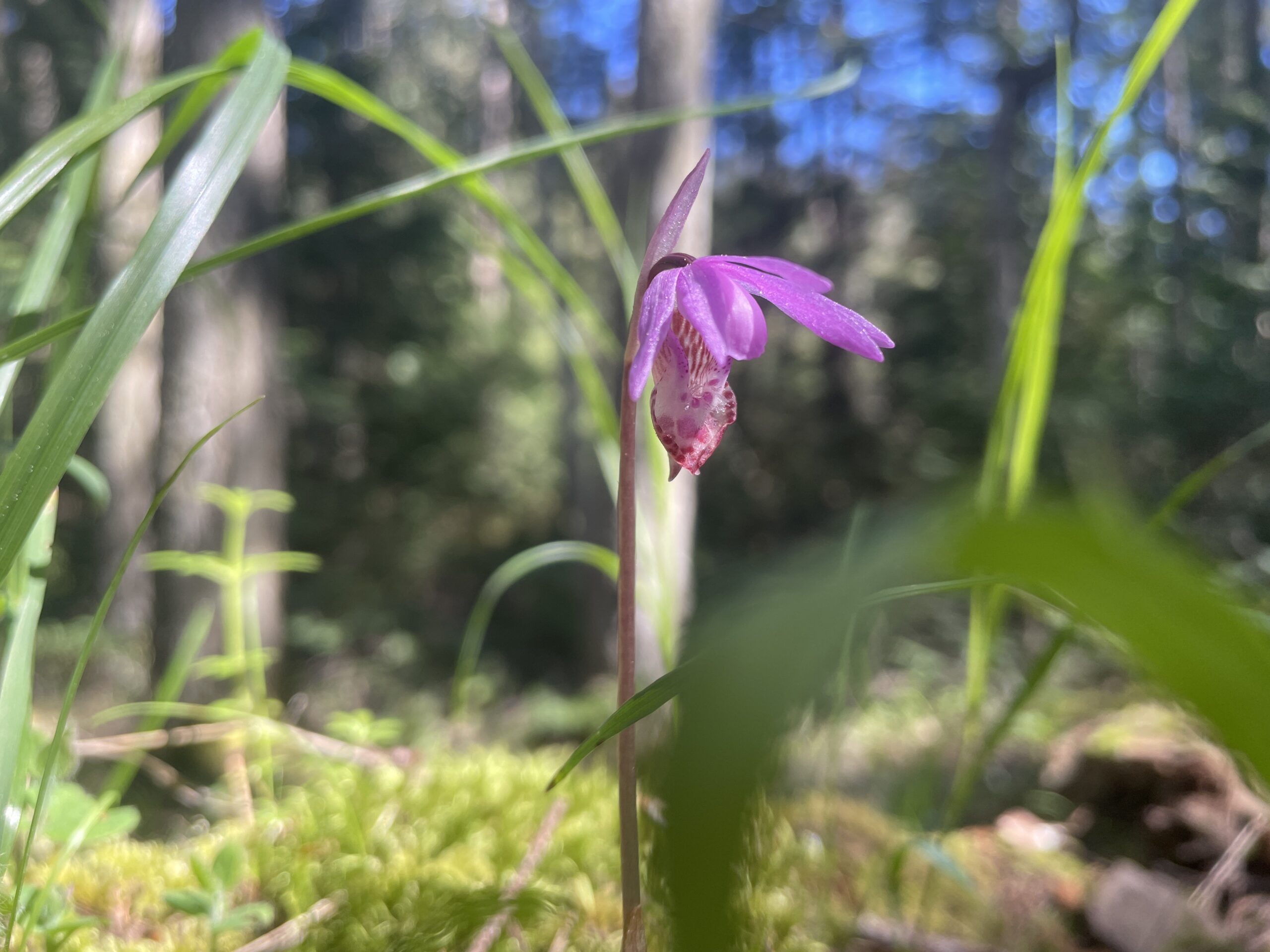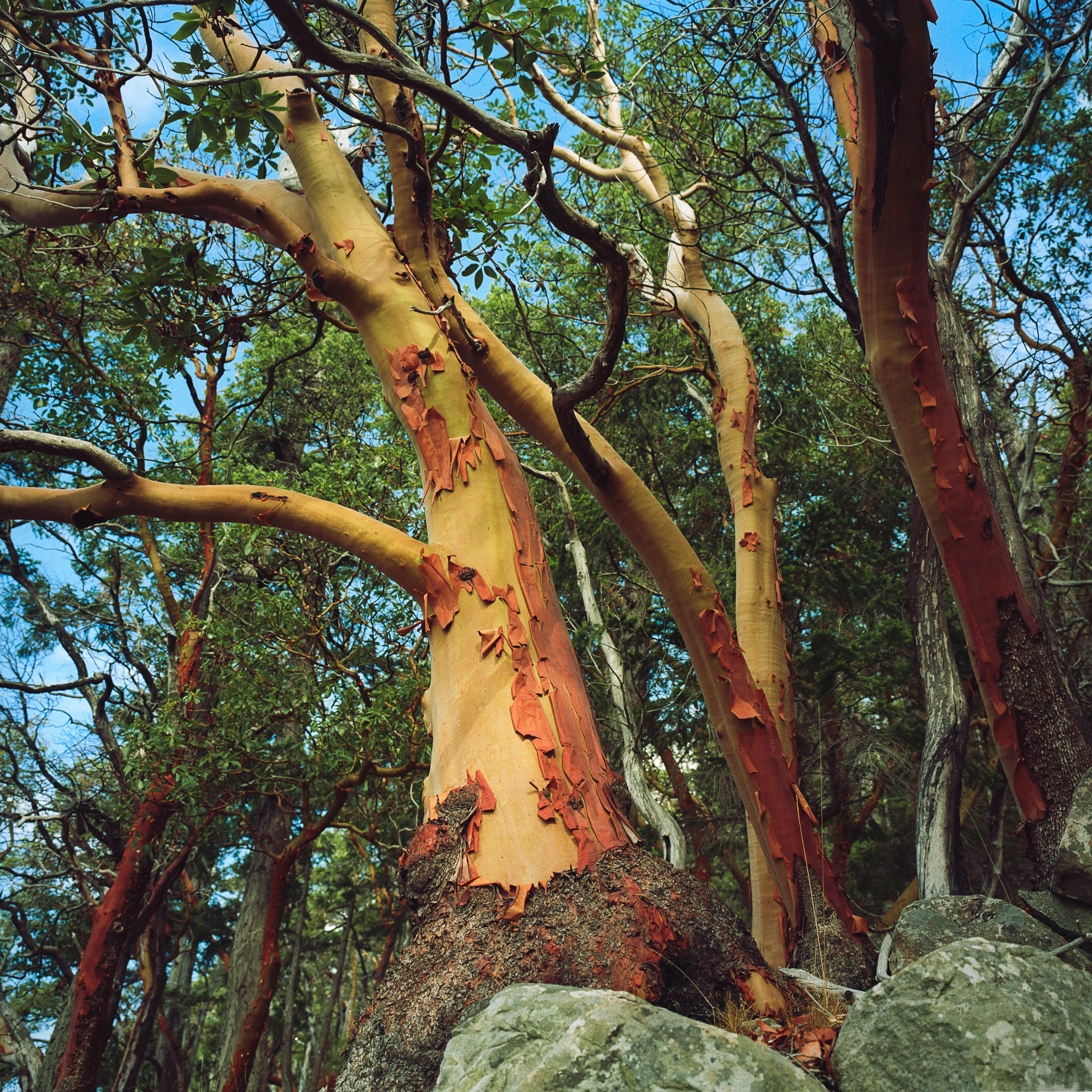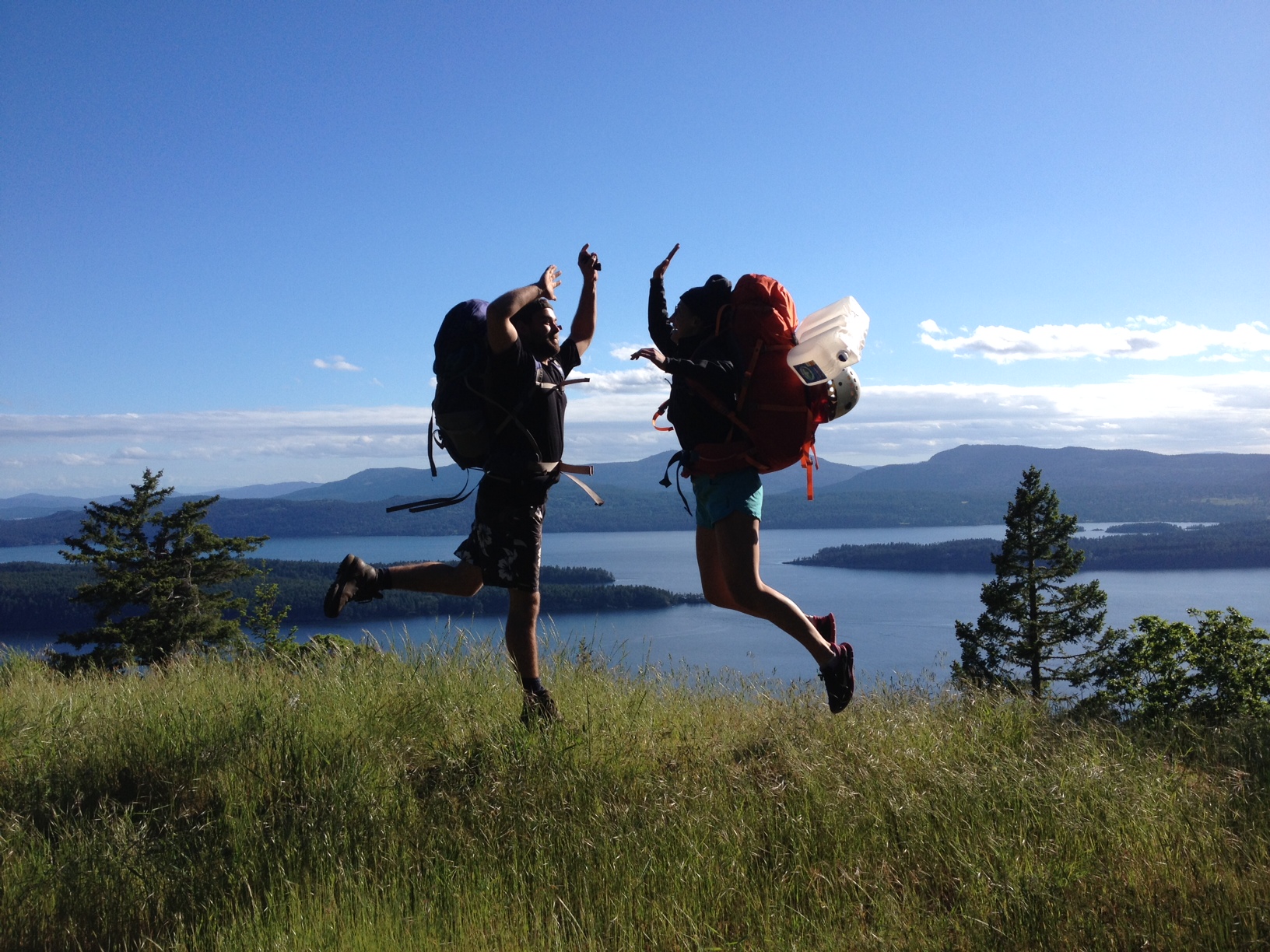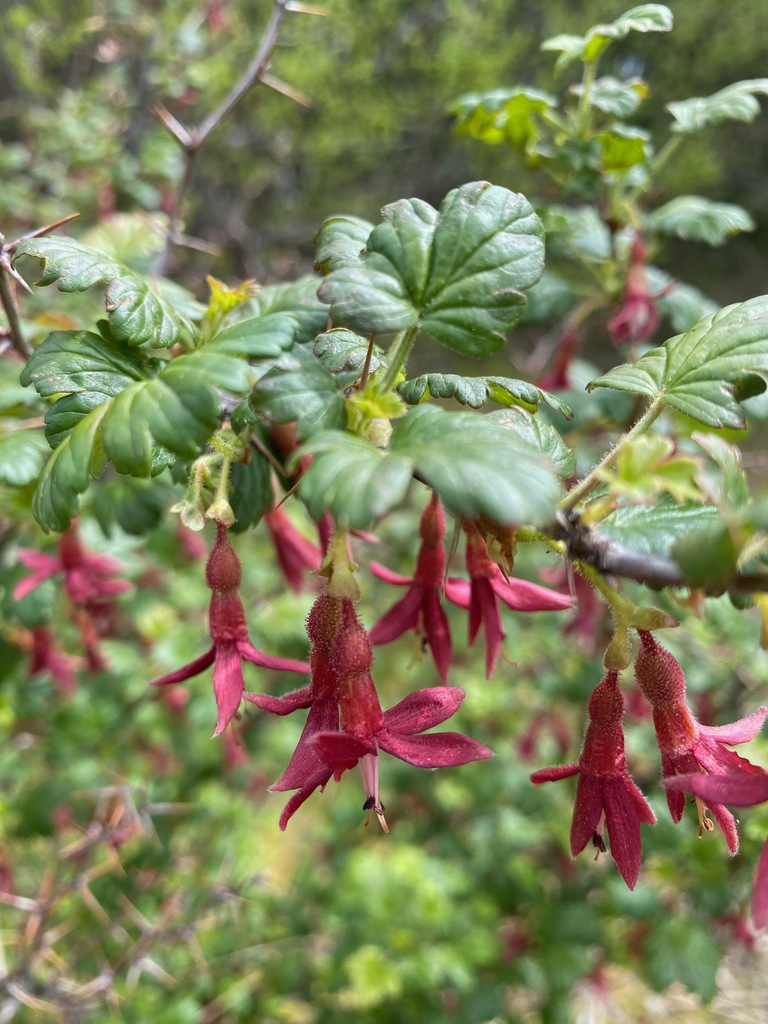As a Member in Good Standing, You Receive:
- Conservancy publications such as our annual Stewardship News, monthly newsletter and Annual Report
- Invitations to members-only special events and guest speakers
- Voting rights as an Association member (some restrictions may apply based on membership type – please refer to Types of Memberships section below)
- Free access to the GCA’s nature-based lending library
- The satisfaction of knowing you support a great organization and make a real difference for nature



